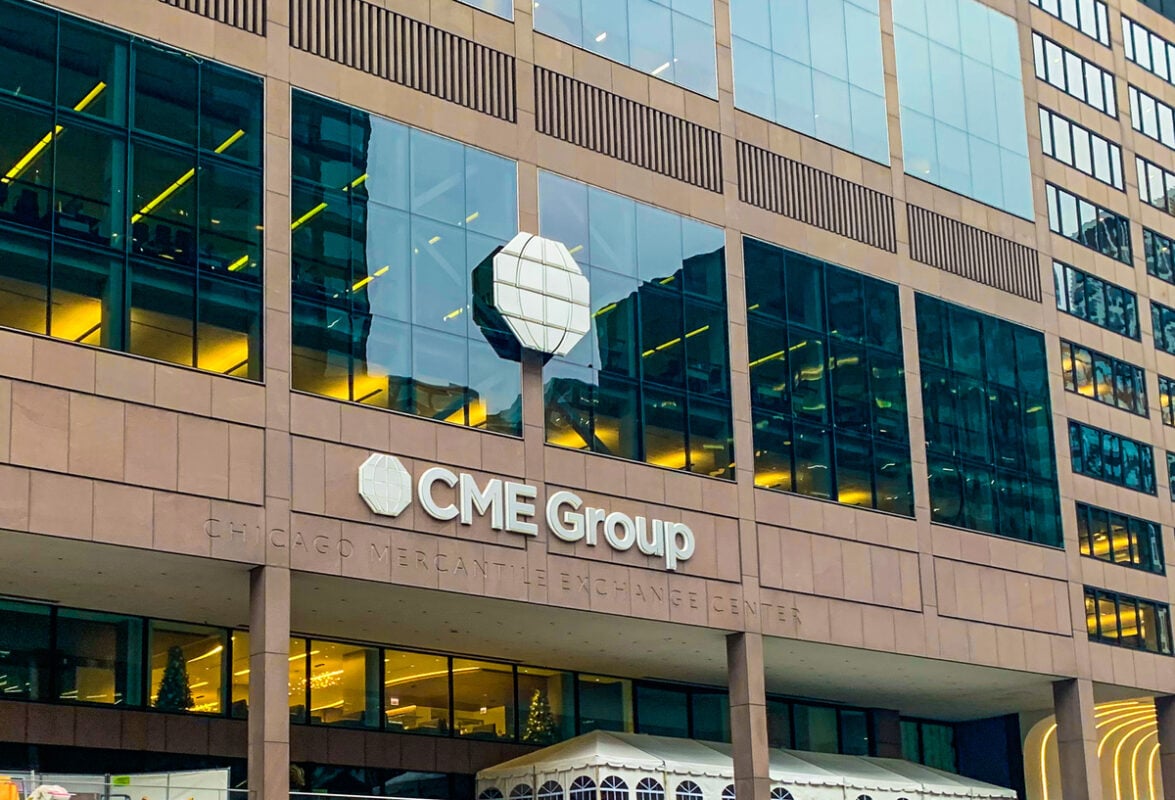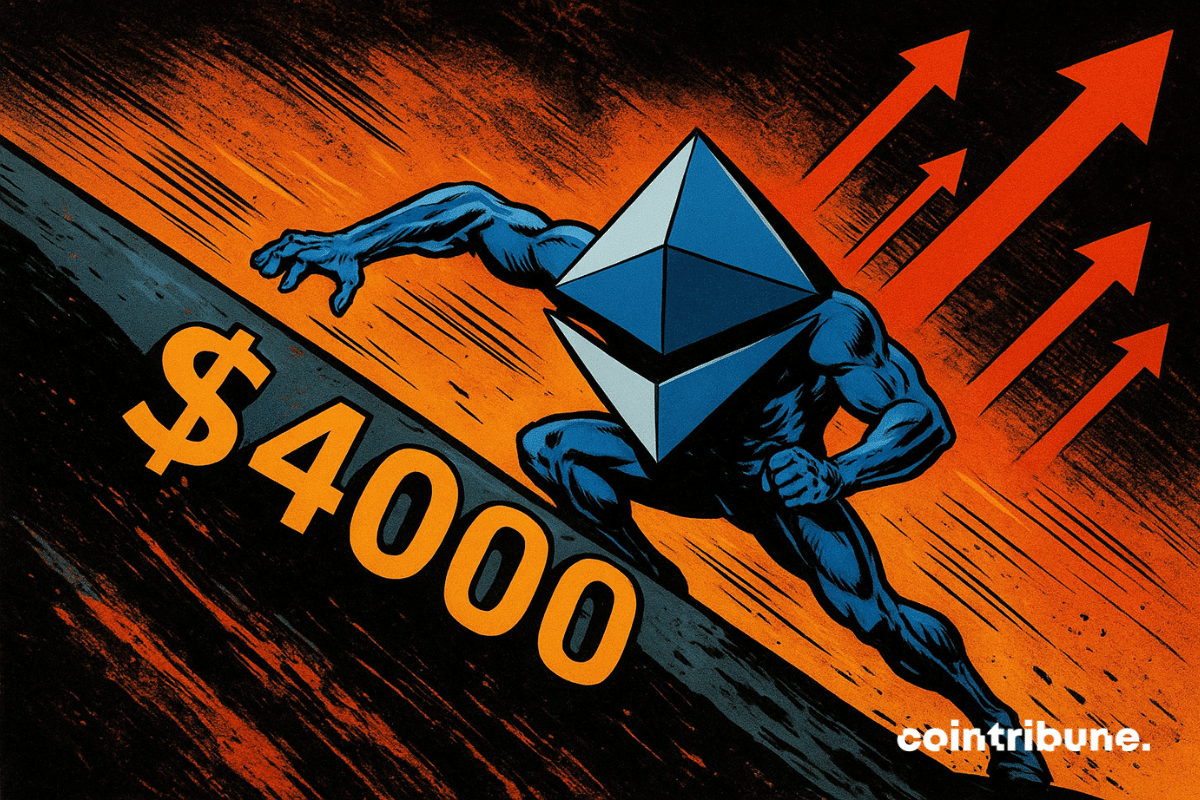Dana closes Auburn Hills plant, lays off 200 amid post-subsidy EV downturn
Dana Inc. has closed its Auburn Hills plant in Michigan, laying off at atleast 200 employees due to a slump in electric vehicle demand in the U.S. following the expiration of the federal tax credit. Dana Inc. cited a sudden drop in EV orders, along with other major automakers, who face billions in losses due to reduced EV demand.
Dana Inc., the manufacturer of driveline and electrified propulsion systems, confirmed the closure of the Auburn Hills plant earlier this month. About 200 employees were affected, according to a notice delivered under the Worker Adjustment and Retraining Notification Act. Dana, however, confirmed that it will continue to operate the driveline manufacturing facility in Michigan, but not the affected facility.
EV subsidy reversal fuels a slump in EV demand
The closure of Dana Inc. and subsequent layoffs occurred after the expiration of federal tax credits on EVs on September 30. The expiry of subsidies ended incentives worth $7,500 for new EVs and up to $4,000 for used cars. The tax credit expiration resulted from the new policies rolled out by the Trump administration under the Big Beautiful Bill Act.
The Dana market exit could only mark the beginning of several supply chain market exits as EV manufacturers scale back production targets. The closure signals a challenging new chapter for the EV sector, which had initially experienced rapid growth, largely driven by government incentives.
EV sales surged in Q3, ahead of the subsidy expiration, with a 40.7% increase compared to the previous quarter and nearly 30% year-over-year growth. Despite the rise, the surge proved short-lived as automakers continue to struggle to turn the business into a profit. Most automakers have cited high production costs, raw material shortages, and slower-than-expected demand from the market.
For instance, Ford Motor Co. reported a $1.3 billion loss on its EV division in the second quarter and projected total annual losses of up to $5.5 billion for 2025. General Motors and Stellantis continue to incur more losses. General Motors managed to more than double its EV sales in Q3, but this was largely attributed to investors rushing to take advantage of the soon-to-expire tax credit.
China’s BYD outpaces the U.S. rivals abroad
The Biden administration’s subsidies and grants played an essential role for both EV buyers and manufacturers in jumpstarting the EV sector in the U.S. However, Trump’s policy reversal, which his administration argued would rebalance the automotive market and reduce federal spending, has resulted in losses for the industry.
General Motors recently revealed that it expects an impact of up to $1.6 billion in Q4 following the cutoff of incentives. As of now, profitability across the EV industry remains elusive, but some analysts note that policy shifts could turn things around. The slow demand wave could trigger restructuring across multiple EV firms and the entire supply chain in the U.S.
Amid slow demand, Ford and GM have shown intentions to refine their production efficiency and shift resources to hybrid models to balance demand. Given the current state, it remains speculative whether the net-zero emission deadline will be met by 2050.
Chinese rival BYD, however, has performed well in Europe, providing U.S. rivals with competition. The firm recorded an 880% sales surge last month, as reported by Cryptopolitan. The automaker sold 11,271 electric vehicles, bringing the 2025 British sales to over 35,000 units.
So far, Tesla has indicated its intention to offer more affordable models. Still, it may be challenging to compete with BYD, which has already introduced other, more affordable models, particularly the SEAL U DM-i hybrid and the SEALION 7 electric SUV.
Claim your free seat in an exclusive crypto trading community - limited to 1,000 members.
You May Also Like

CME Group Inc. (CME) Stock: Rises as Q3 Earnings Beat Estimates Despite Revenue Dip

Wormhole launches reserve tying protocol revenue to token
